The above examples offer vignettes of human and non-human animal interaction in the Corbières region of France in an era of climate change and environmental degradation. As I investigate further, I will use photography as both a research method and as a means of expressing concepts that may be problematic when expressed in words. Examples here might be when stories touch on illegal activities as in the case of growers shooting boar raiding their crops, or where villagers ignore regulations regarding water restrictions to continue irrigating their vegetable plots.
I will employ several assets to assist the development of my narrative. In the first instance, I can draw from my own diaries, correspondence, photographs and recollections. Then, as I progress the research, I will seek to have conversations with neighbours and friends with whom I have shared many experiences. I will inevitably draw upon their own observations, family photographs and personal reminiscences (Tullis, 2022, p103).
The archives of local newspapers are a rich source of stories, names, and witness testimonies of events relevant to my enquiry, with much of this data available online. I am a subscriber to the departmental archives in Carcassonne where most local records are held and via whom I can request material from other sources should that be necessary.
Departmental archives and local newspaper records include extensive photography, film and video collections. As well as being useful for aiding memories, archives can also assist where I might wish to rephotograph[1] sites pertinent to my project. Examples here could include to show how drought has changed landscapes over time, or how human activities such as road- and housebuilding have altered habitats (see Martinez, 2024).
The trail camera videos I have been making since 2021, have already given me insights into the activities of non-humans when they feel secure and humans are not nearby (see Gill, 2017). For example, via these videos, I have watched foxes hunting, pine martens climbing trees to pick fruit, badgers foraging and female boar shepherding litters of piglets. But I have also watched boar interact with one another, seen how foxes methodically trace their way around a terrain and observed badgers tracking creatures under the ground.
In the context of the new materialist theoretical framework in which I position this work, I aim to devise a way of assembling information from these video sequences, using them as a proxy for ‘interviewing’ the non-humans. The link at Figure 13, is to the working draft of a short video I began making in April 2024. As well as additional photography, the video contains a commentary where I describe the circumstances in which I have been making trail camera photography.
Figure 13: draft video regarding my trail camera work
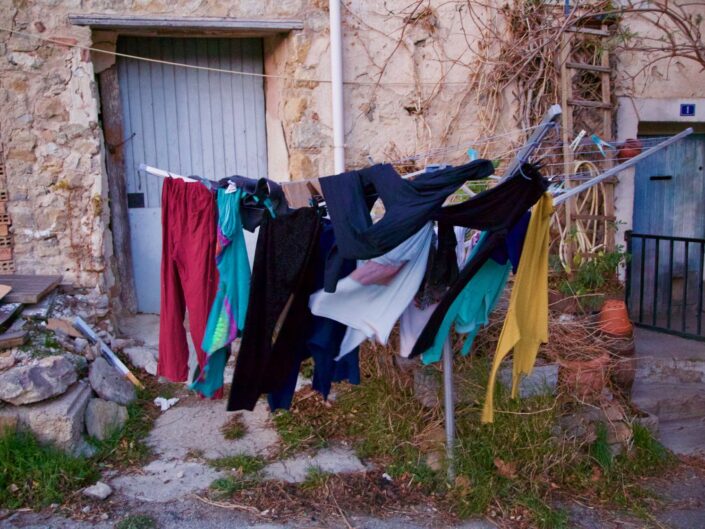

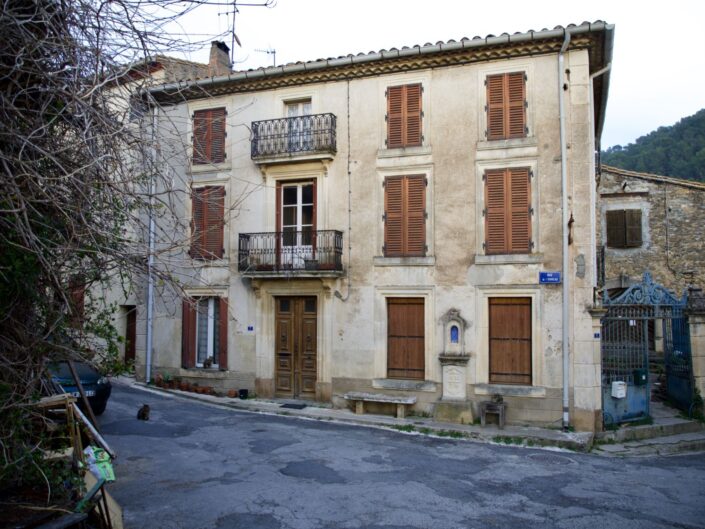



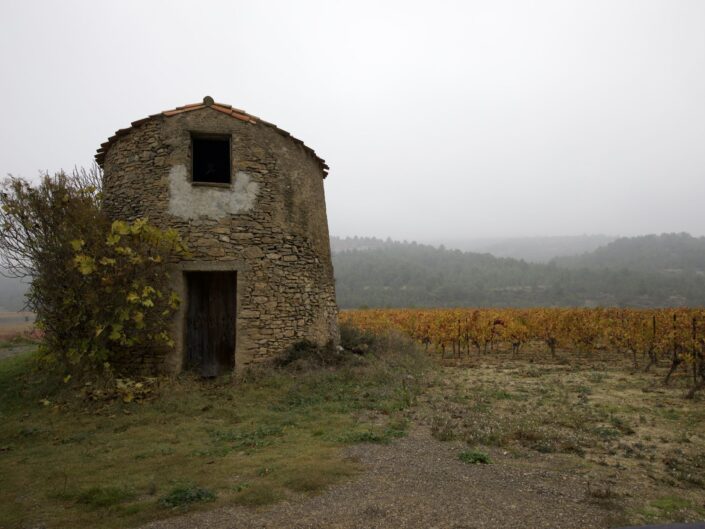
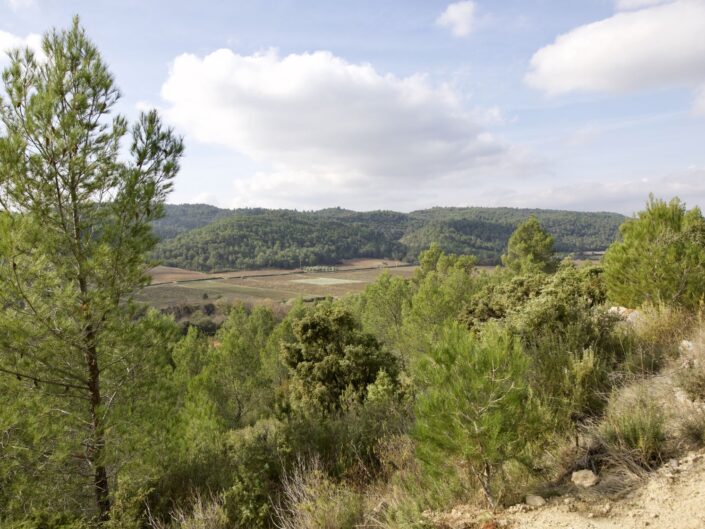











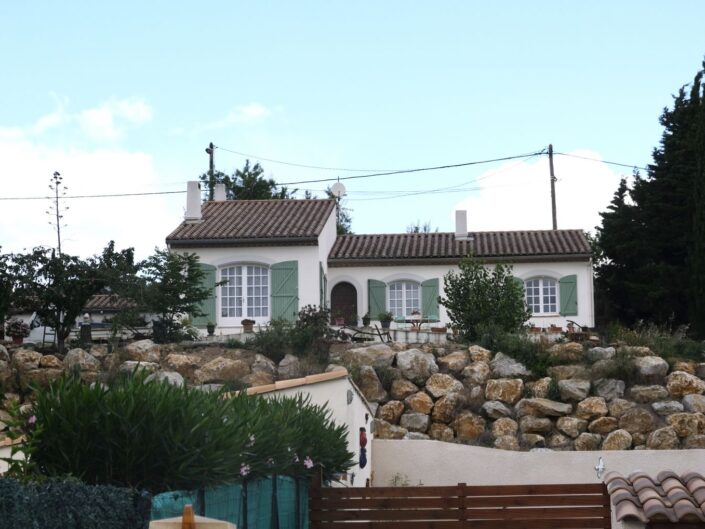


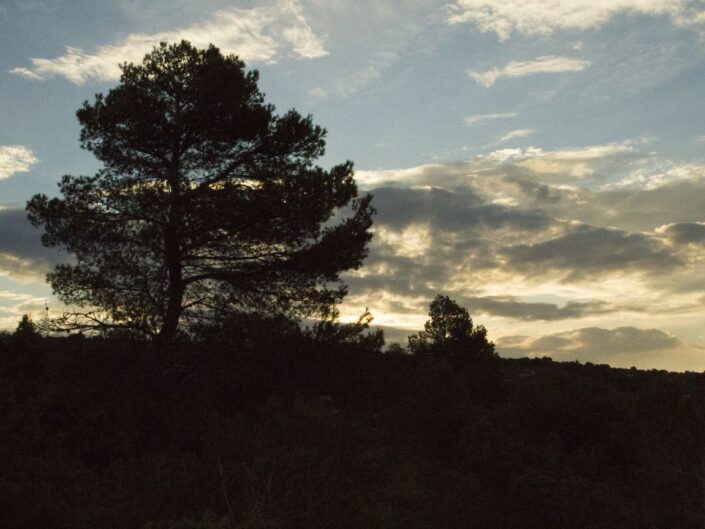

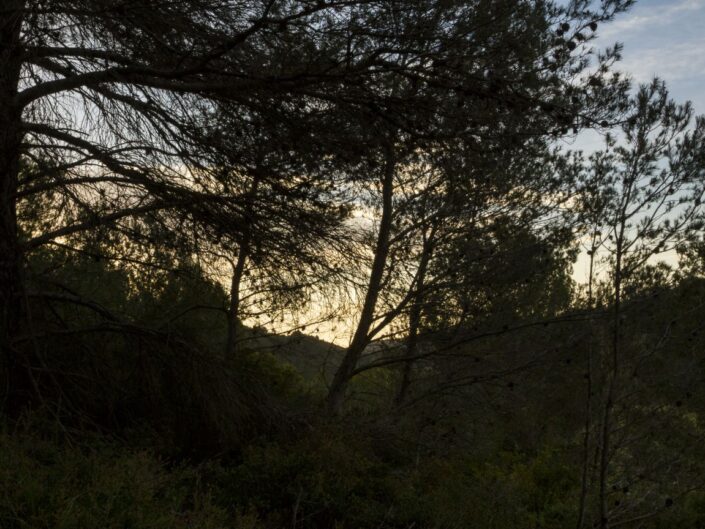

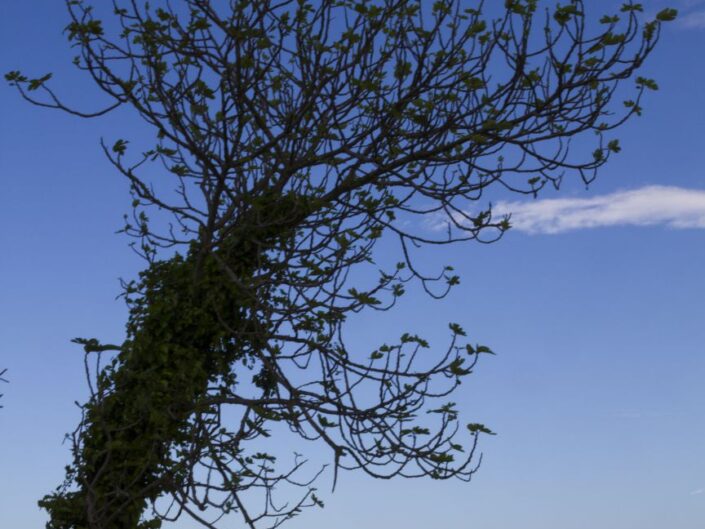



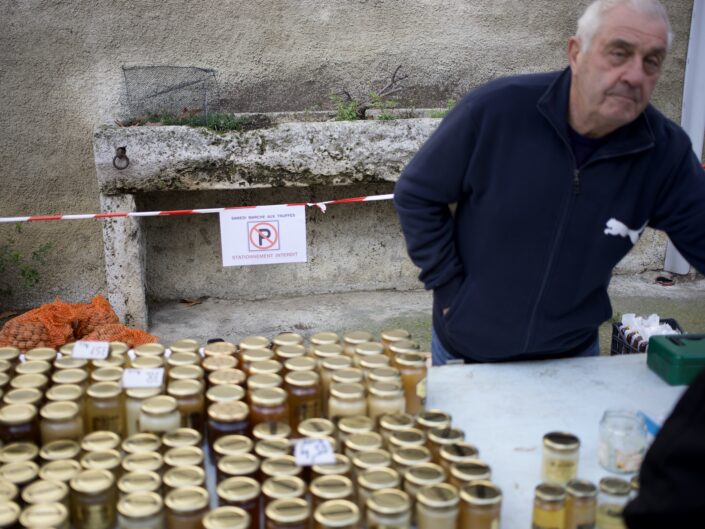
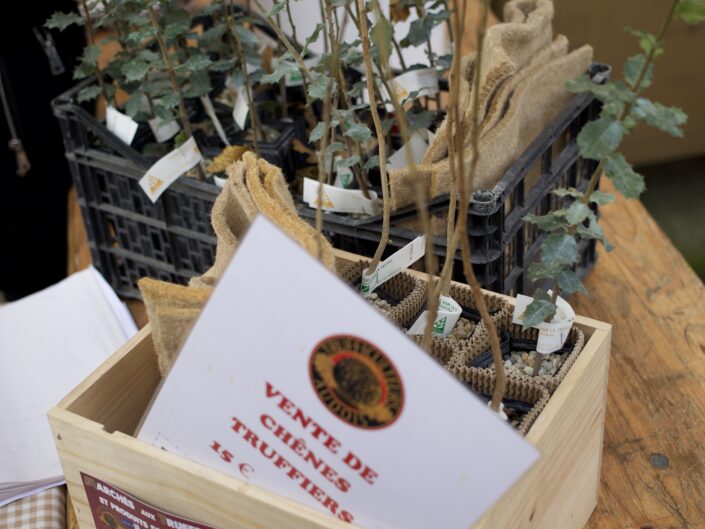


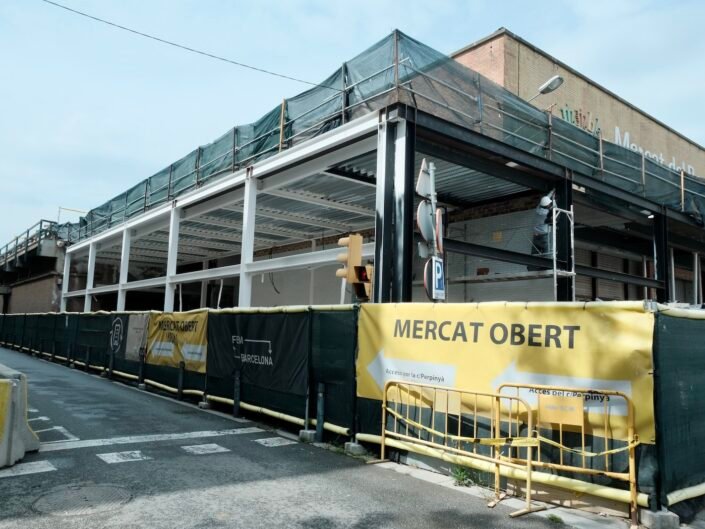
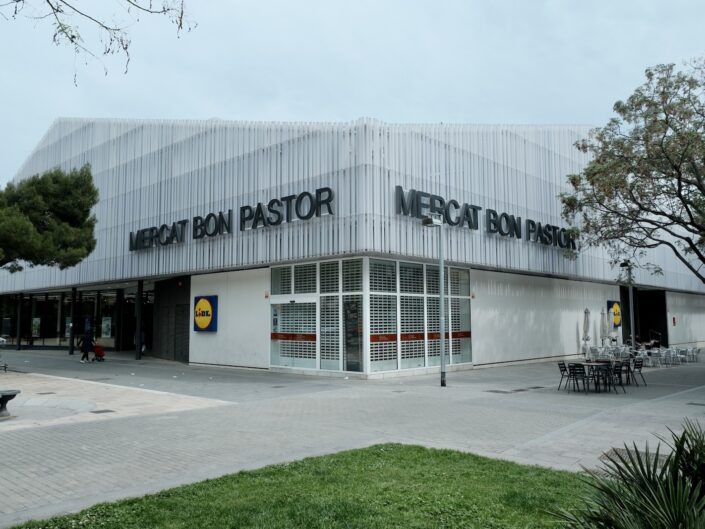

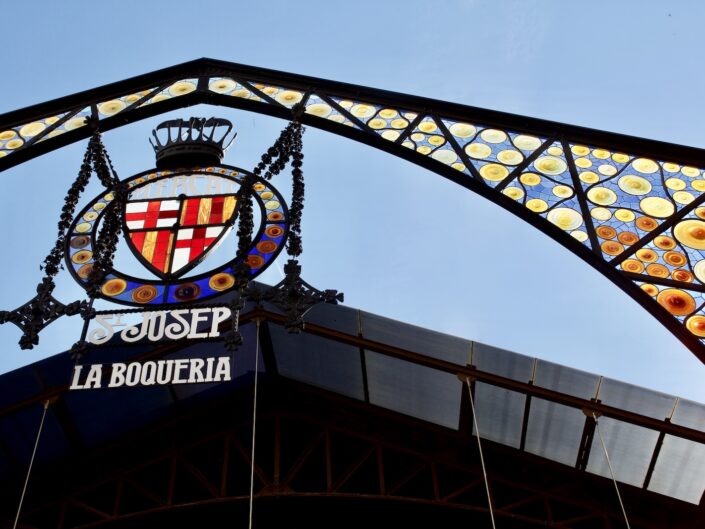




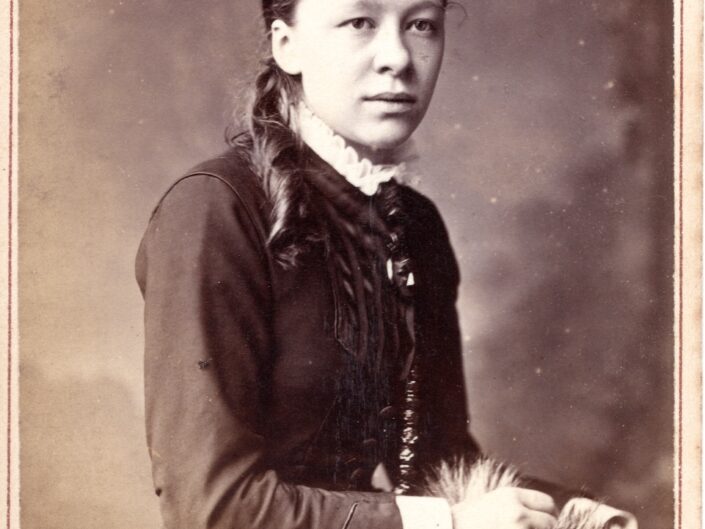
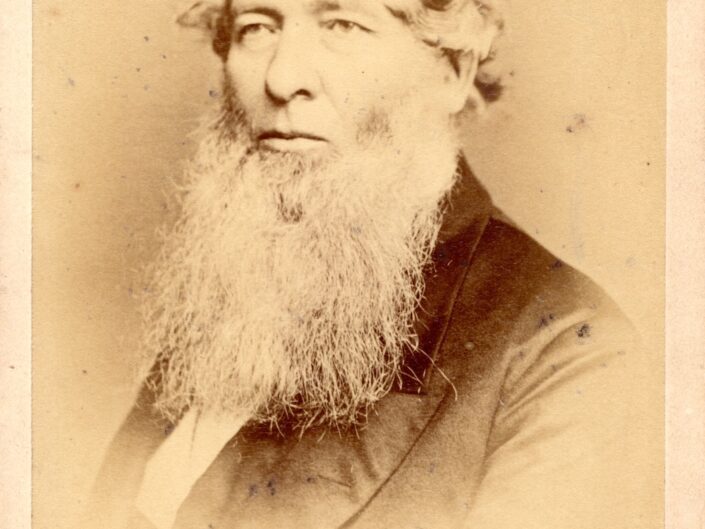


Leave a reply